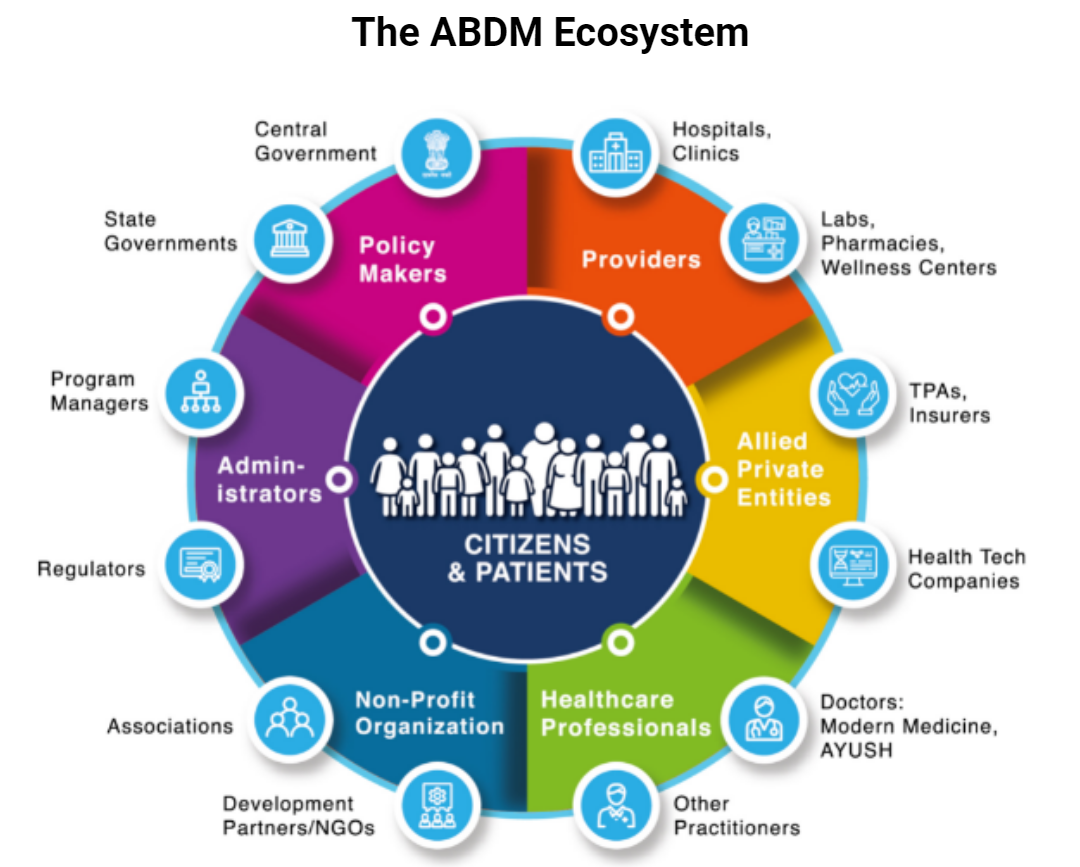The future of healthcare in India is a pulsating concern. The challenges have to be resolved occasionally and the opportunities have to be relished. According to the World Bank’s report for 2021, India’s population is estimated at 1.39 billion. We are the world’s second-most-populous country and one of the fastest-growing economies. But today India is the most populated country in the world, with a population of 1,450,935,791 as of 2024. China is second with a population of 1,419,321,278. The United States is third with a population of 345,426,571. India overtook China as the most populated country in the world in 2022. China’s population declined in 2023.
Despite its significant economic growth and firm implementation of the Swatch Bharath Mission in recent years, India still encounters abundant health challenges that are disturbing the well-being of its people. A few of these health issues are long-standing problems while many others are emerging challenges that require immediate attention. In the context of public health, our country experiences both challenges and opportunities. India is a hub for phenomenal growth elements, pharmaceutical and biotechnology industries; world-class scientists, ethical clinical trials, and different types of specialty and super specialty hospitals, yet the country is facing intimidating public health challenges like child under-nutrition, high rates of neonatal and maternal mortality, a spike in non-communicable diseases, high rates of road traffic accidents and other health-related issues.

At this point of reflection to understand Challenges and Opportunities in the health sector we have to reexamine the definition of health as stated by the World Health Organization, Health is a state of complete physical, mental, and social well-being and not merely the absence of disease or infirmity. Subsequently, several components such as Physical, Intellectual, Spiritual, Emotional, and Environmental factors have been considered under the umbrella of health. United Nations emphasizes Positive Health, which is a broader view of health, elaborated to have a positive attitude while coming across challenges in life — and to be in charge of their affairs, whenever and whenever possible.
Now let us examine the common Public health challenges in 2023. Our country embarked on a glorious tradition of public health, as depicted in the descriptions of the Indus Valley civilization (5500–1300 BCE), where “Arogya” reflects “holistic well-being.” The Chinese traveler Fa-Hien of that period took this further, commenting on the excellent facilities for curative care during those times. As of 2024, the population of India is 1,441,719,852, which is a 0.92% increase from 2023. our country more specifically exhibits enormous diversity and therefore, several challenges to the healthcare delivery system. This brings into sharp focus the 2018 theme of the World Health Organization which calls for “Universal Health Coverage-Everyone, Everywhere.”
The challenges in delivering healthcare to “everyone” include the socially disadvantaged, the economically challenged, and the systemically marginalized. What keeps us from reaching “everywhere,” which must include the remote areas in tribal belts that have no access even to carry pregnant women in crisis to nearby health centers of the plain areas? As per an official record, in October 2022 in the state of Andhra Pradesh about 900 tribal habitations are yet to get any form of road connectivity, which includes the basic kuccha road. Quite a lot of villages in Visakhapatnam and Alluri Sita Rama Raju districts agency that are not connected by road even now and hence women with labour pains are being carried in a big blanket otherwise called “Doli” hanging to a strong survey tree part keeping on shoulders by two or three people with great difficulty, reaching public health centers that are around 20 km away. It is bitter to mention that a few pregnant women delivered their babies in the “Doli” while they were just halfway through. For instance, in our Himalayan region as well, until recently, essential foods and other materials were airlifted by Air Force helicopters. Of course, now drones are in use in food lifting in flood areas and also hill areas. For this reason, the WHO call for “Universal Health Coverage-Everyone, Everywhere” is a daydream to accomplish.
We share with many in the globe common economic, environmental, demographic, and political, challenges which all combined make a huge impact and diminish universal access to healthcare services, essential quality care, and financial protection thus ultimately determining a huge gap. It is not out of place to mention that three lakh patients wait for organ transplants in our country, and the increase in number of donors has not kept pace with demand. Experts feel that there is a need to improve the cadaver donation rate, and greater awareness is required among ICU doctors and families on how one donor can save many lives. Greater awareness is needed to inform that one cadaver can save up to eight lives. Two donated kidneys can free two patients from dialysis treatment. One donated liver can be shared among two patients. Two donated lungs mean two other patients are given a second chance of living. Donated pancreas and donated heart translate to two more patients receiving the gift of life. The author requests the government to keep an eagle eye on the kidney sales mafia misleading poor people and destroying the peace in many families. (to be concluded)







